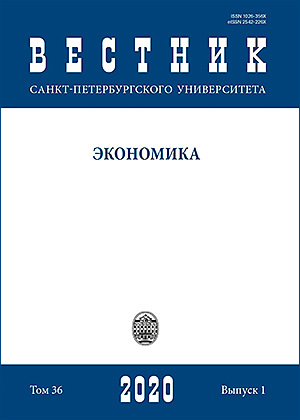Customer-oriented innovations: Analysis of development practices (the case of North-West Russian regional companies)
DOI:
https://doi.org/10.21638/spbu05.2020.104Abstract
The article describes the main stages in the development of methods for joint value creation for product and technological innovations, including: external ventures, open innovations and their support tools, and the current transition from open- to client-oriented innovations and their development and financing tools, including crowd-sourcing and crowd-funding. The use of client-oriented innovations leads to the transformation of companies’ business models. Involving buyers in creation and co-production becomes a key factor in this process. First, it ensures rapid adaptation to clients’ ever-changing needs. Second, sustainable and direct B2C partnerships enhance a company’s competitive position and efficiency. This article presents results of a field study on the practical application of joint venture creation tools in Russian innovation-oriented medium and large companies located in the North-West region. Representativeness of the survey is ensured through coverage of various sectors of the economy and businesses. The survey was conducted twice, in 2014 and 2017, which allowed a dynamic analysis. The study concludes that Russian innovation-oriented companies do not make sufficient use of target tools for creating joint value in the development of incremental innovations. At the same time, characteristics of innovation-oriented companies that influence the application of joint value creation methods were identified, including: novelty of innovations developed by the firm, company size, nature of the relationship with suppliers, etc. National innovation-oriented companies were given recommendations for using the methods of quality function deployment to increase the competitiveness of the developed innovations. It has been recommended to use CRM systems more actively for communicating with consumers.
Keywords:
product and technological innovations, customer-oriented innovations, concept of joint value creation, co-creation, co-production
Downloads
References
References in Latin Alphabet
Downloads
Published
How to Cite
Issue
Section
License
Articles of the St Petersburg University Journal of Economic Studies are open access distributed under the terms of the License Agreement with Saint Petersburg State University, which permits to the authors unrestricted distribution and self-archiving free of charge.






